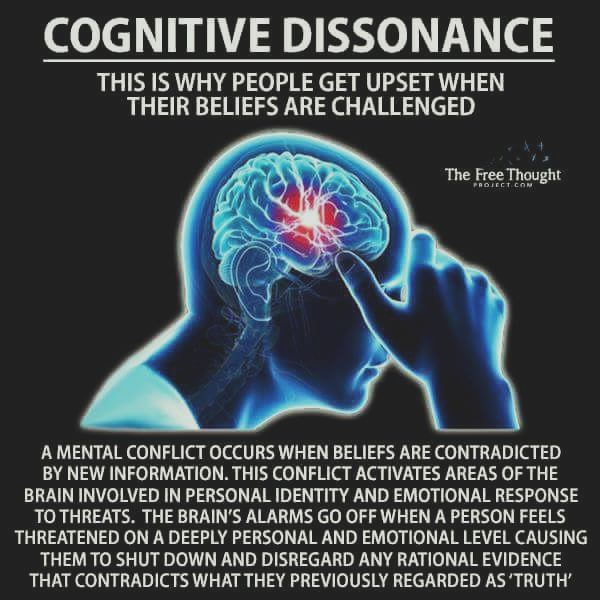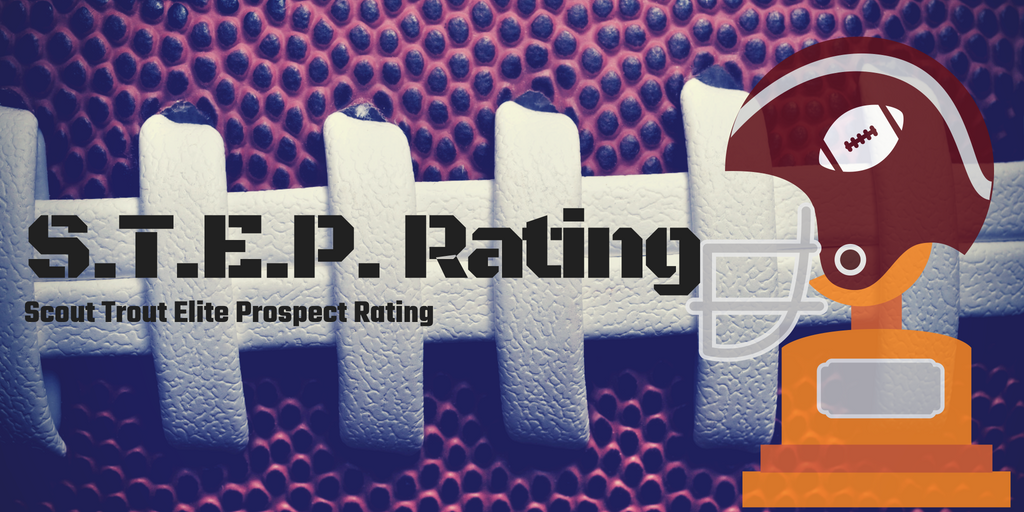FOOTBALL RECRUITING NEWS
Scout Trout Elite football recruiting news is brought you by former All-American football player Merf Trout.
TOP FOOTBALL RECRUITS
Scout Trout Elite top football recruits scouting reports & much more can be found below at the world's most successful college football recruiting company!



 RSS Feed
RSS Feed